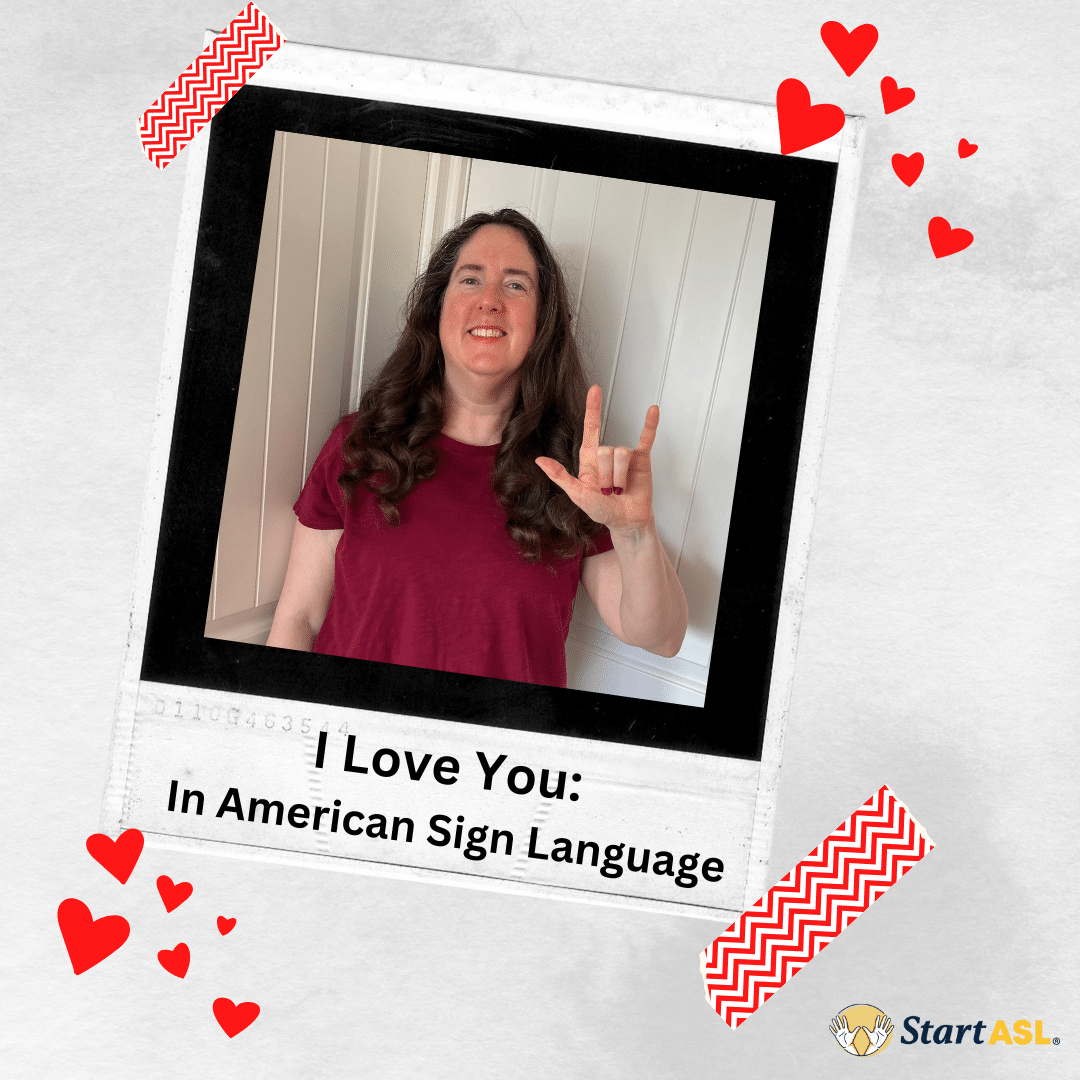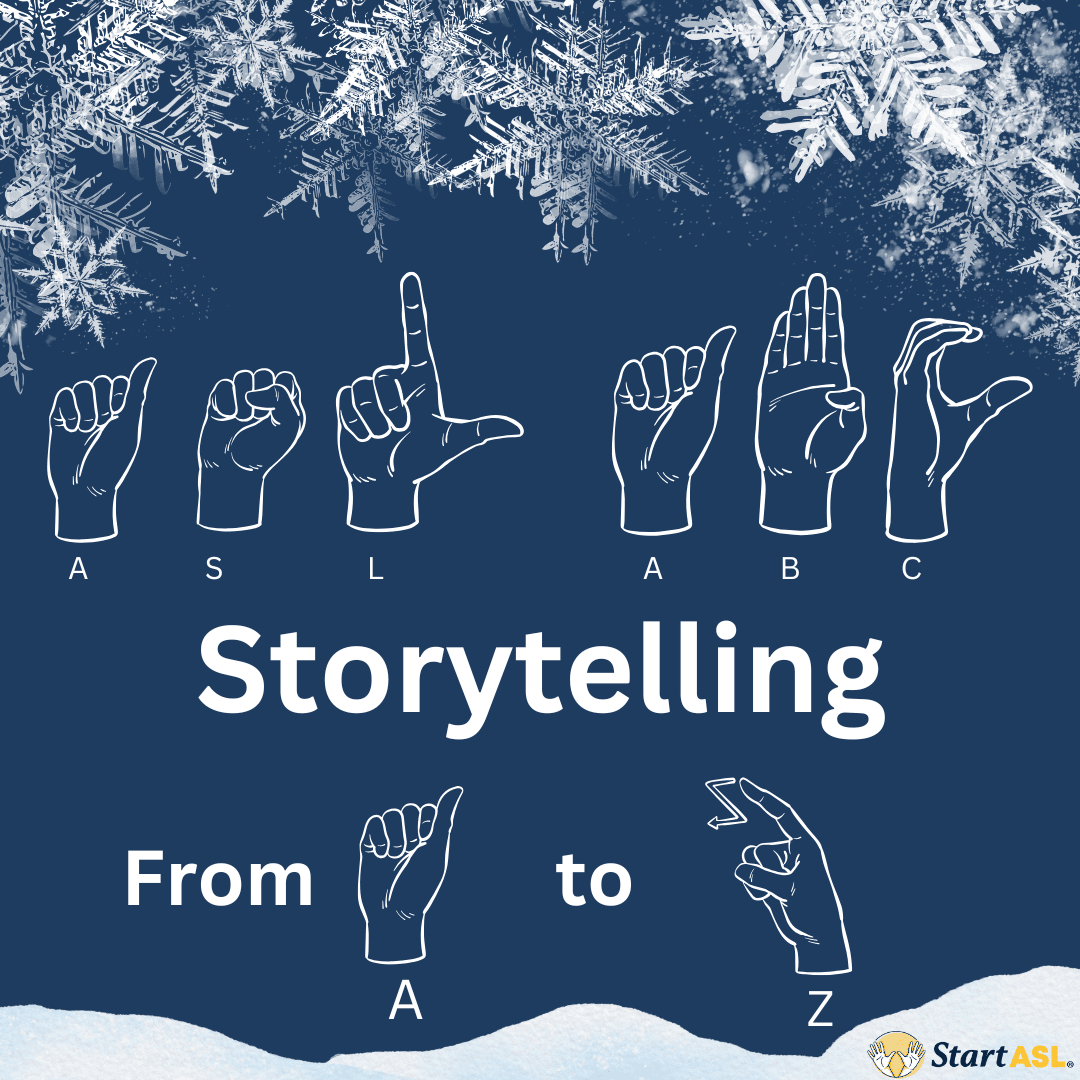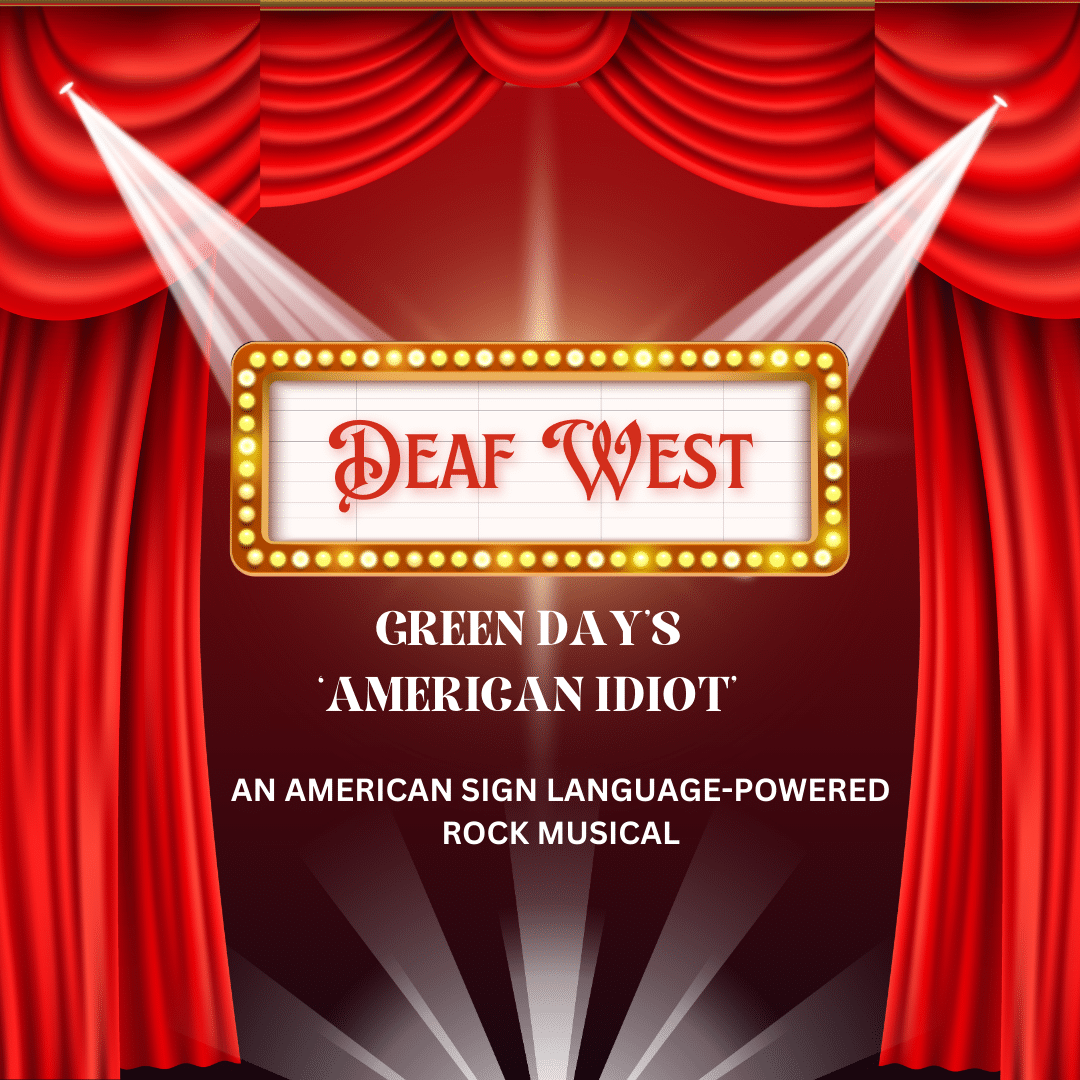
Impact of Deafness on Intergenerational Communication
- by Start ASL
- No Comments
by Beth Cogen | 22 December 2020
There are two main constructions of deafness: deafness as a medical condition, and deafness as a linguistic and cultural minority (Valentine and Skelton 2007). In a clinical setting, deafness is understood as a disability, and medical professionals emphasize different technologies and strategies that allow deaf people to function in hearing society. Common recommendations from doctors include speech therapy, enrolling in mainstream schools, hearing aids, and cochlear implants (Young 2018). Deaf people in the hearing world usually use oral styles of communication, such as lip-reading and speech (Valentine and Skelton 2007). They tend to largely surround themselves by hearing people and identify with hearing culture.
Capital “D” Deaf refers to people who identify as part of the Deaf community. In this way, deafness can be understood as a linguistic and cultural minority because the Deaf community uses sign language to communicate and has a rich culture (Valentine and Skelton 2007). In the Deaf community, being deaf is not considered a disability and it is an integral part of one’s identity. Different sign languages are used depending on the country, and in the U.S., deaf people use American Sign Language (ASL) (Singleton 2000). It is not only how someone identifies that indicates their inclusion in the Deaf community; the community itself must accept them as a member (Singleton 2000). Hearing people can be part of the Deaf community if they are fluent in ASL and immersed in Deaf culture, usually as a result of having deaf parents (Singleton 2000). Membership in the Deaf community is less connected to the actual amount of hearing loss one has and more reflective of one’s culture and identity.
Almost 90% of children born to deaf adults are hearing, and 95% of deaf children are born to hearing adults (Preston 1995; Valentine and Skelton 2007). Deaf natives, meaning deaf children who are born to deaf parents, make up only 5% to 10% of the Deaf community (Singleton 2000). Having a combination of deaf and hearing family members creates complex family dynamics and communication barriers that are different than those in families where all members are deaf or all members are hearing (Leigh 2004). Deaf and hearing people experience society extremely differently, and it can be felt inside the home. This paper will summarize what exists in the literature on the impact of deafness on intergenerational communication.
Families with both deaf and hearing people do not usually have one mode of communication; it switches depending on who is interacting (Mallory, Zingle, and Schein 1993). For example, deaf family members may speak exclusively in ASL with one another but switch to English-based modes of communication (often their least preferred communication style) with hearing family members. Hearing parents tend to struggle in adjusting to their deaf child’s communication needs, and usually do not end up learning ASL (Barbosa, Coelho, and Branco 2016; Freeman et al. 1975; Leigh 2004). This can prevent effective parent-child communication and contribute to deaf children lacking a sense of belonging in their families (Freeman et al. 1975).
Switching modes of communication is especially prevalent when communicating between different generations. One study found that almost all participants did not use their usual communication methods for intergenerational conversation (Mallory et al. 1993). Most grandparents showed little interest in learning ASL, which resulted in relatively infrequent communication with their deaf grandchildren (Mallory et al. 1993). For grandparents of Children of Deaf Adults (CODAs), they often relied on their grandchildren to mediate conversation between them and the deaf parents. Interestingly, another study found that hearing grandmothers were much more open-minded about communicating in ASL with their deaf grandchildren than they were with their own deaf daughters (Barbosa et al. 2016). Their attitudes towards deafness and sign language had become significantly more accepting and positive than when they were raising a deaf child themselves, which resulted in the willingness to learn ASL.
CODAs vary greatly in their language abilities and practices, as well as their involvement in Deaf culture, but commonly share the belief that it is the obligation of every family member to put significant effort into overcoming obstacles in communication (Pizer, Walters, and Meier 2013). Notably, this shared ideology is not pervasive in spoken-language bilingual families. Bimodal bilingualism appears to come with different implications for family members, that of more responsibility (Pizer et al. 2013). CODAs often feel that because they have the ability to both sign and speak, while some deaf people can only sign, they have a greater obligation to learn ASL. CODAs who are not fluent signers have described communication with their parents as “unsatisfying” or “superficial” (Pizer et al. 2013, 76).
Out of practicality, CODAs usually use at least basic ASL to communicate with their parents in their everyday lives (Pizer et al. 2013). It is also common for older siblings to have significantly higher signing abilities than their younger siblings, who end up relying on them for communication with their parents (Mallory et al. 1993; Pizer et al. 2013). Factors associated with higher proficiency in ASL include CODAs being close with their parents, their parents being almost or completely unable to communicate in English, and/or CODAs having frequent exposure to the Deaf community (Pizer et al. 2013). Languages have implications about cultural affiliations: English is associated with the hearing world and ASL with the Deaf world.
The majority of families with deaf family members also have hearing family members, which leads to varying modes of communication within the home. Language is intertwined with deaf identity, and reluctance to learn ASL can hinder and prevent closeness between deaf and hearing members of the family. Communication styles tend to differ depending on who is involved in the interaction, and this is most common during intergenerational communication. CODAs consistently demonstrate that working towards effective communication is a major priority for them and expect the entire family to put in significant effort as well. The literature shows most studies have included children, their mothers, and their maternal grandmothers. Future research should focus on the role of male figures of the family, and why this discrepancy exists. Future research should also look at the impact of deafness on intergenerational relationships within families of color. The field is dominated by research on white families, but race is likely to play a major role in communication patterns.
References
Barbosa, Susana, Sónia Coelho, and Susana Branco. 2016. “Deafness in Family Relationships: A Study on the Interactions between Mother, Child and Maternal Grandmother.” doi: 10.15503/jecs20162.230.243.
Freeman, Roger D., Susan F. Malkin, and Jane O. Hastings. 1975. “Psychosocial Problems of Deaf Children and Their Families: A Comparative Study.” American Annals of the Deaf 120(4):391–405.
Leigh, I. W. 2004. “Attachment in Deaf Mothers and Their Children.” Journal of Deaf Studies and Deaf Education 9(2):176–88. doi: 10.1093/deafed/enh019.
Mallory, Barbara L., Harvey W. Zingle, and Jerome D. Schein. 1993. “INTERGENERATIONAL COMMUNICATION MODES IN DEAF–PARENTED FAMILIES.” Sign Language Studies(78):73–92.
Pizer, Ginger, Keith Walters, and Richard P. Meier. 2013. “‘We Communicated That Way for a Reason’: Language Practices and Language Ideologies Among Hearing Adults Whose Parents Are Deaf.” Journal of Deaf Studies and Deaf Education 18(1):75–92.
Preston, Paul. 1995. “Mother Father Deaf: The Heritage of Difference.” Social Science and Medicine 40(11):1461–67.
Valentine, Gill, and Tracey Skelton. 2007. “Re-Defining ‘Norms’: D/Deaf Young People’s Transitions to Independence.” The Sociological Review; Keele 55(1):104–23. doi: http://dx.doi.org.proxyau.wrlc.org/10.1111/j.1467-954X.2007.00684.x.









